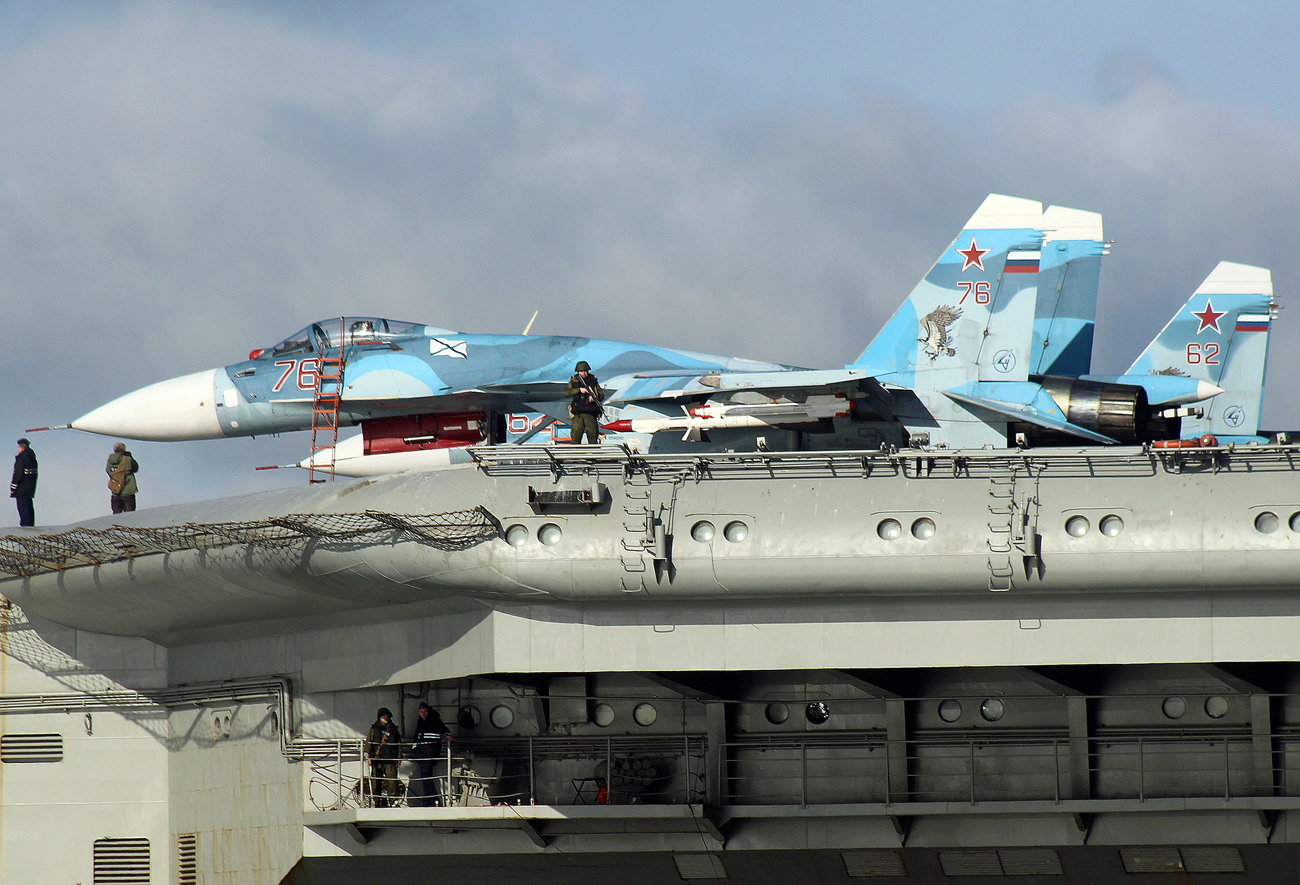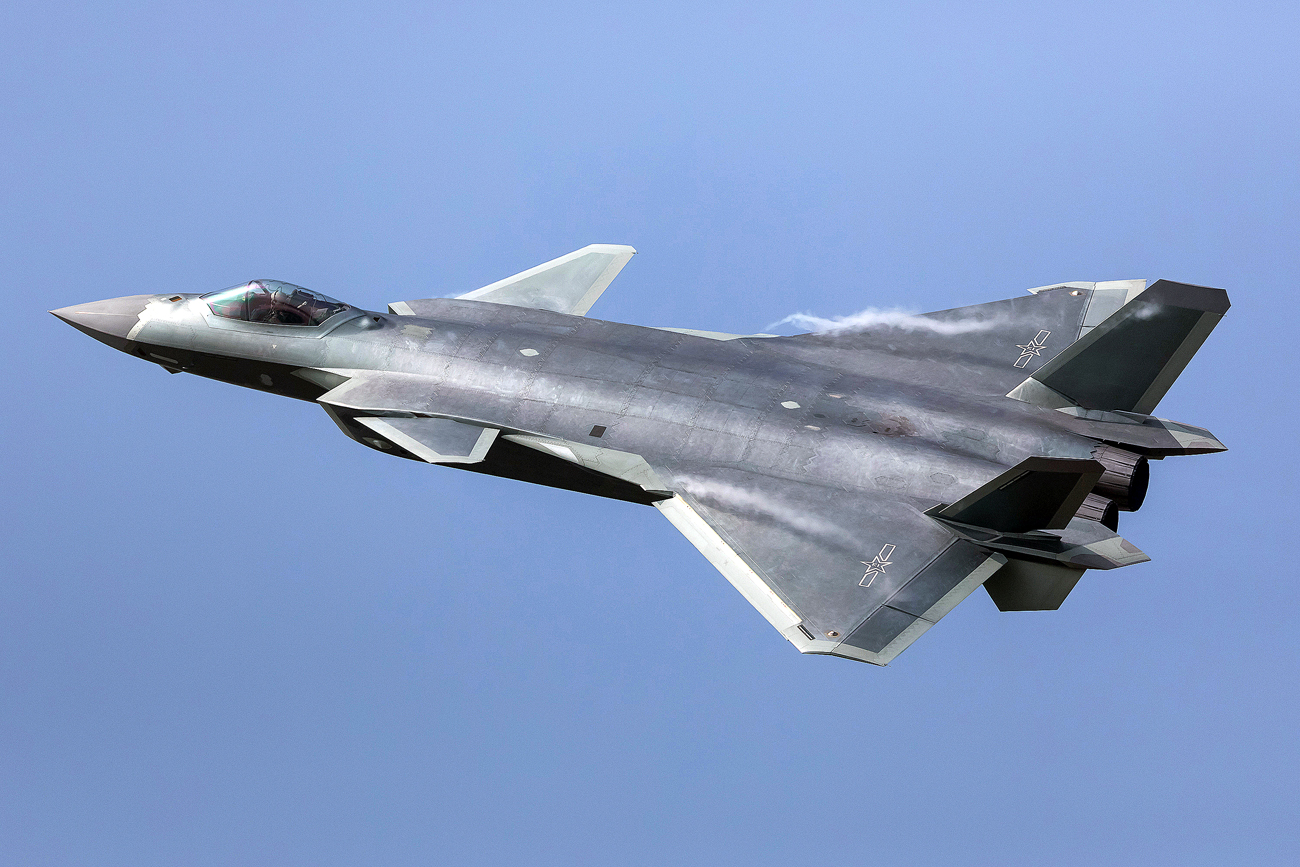Russia receives first Il-22PP Porubschik electronic countermeasures planes

According to the designers, the new Il-22PP Porubshchik can selectively disable enemy equipment using powerful interference while obstructing similar enemy means of electronic warfare. Photo: An Ilyushin Il-18 airliner takes off from Runway 1 of the Tolmachovo airport.
Alexandr Kryazhev/RIA NovostiRussia’s air force has taken delivery of the first three Ilyushin Il-22PP Porubschik aircraft, featuring up-to-date jamming equipment capable of disabling electronics systems on enemy planes.
The equipment for conducting electronic warfare has been installed on an airplane made in the mid-1970s. Despite this, developers insist that the updated machine can withstand the most modern electronic systems mounted on advanced foreign aircraft.
"The new equipment is capable of 'blinding' Airborne Early Warning and Control System [AWACS] aircraft," a source in the military-industrial complex told RBTH. "In addition to these, the Il-22PP Porubshchik effectively counteracts Patriot air defense systems."
According to the designers, the new Il-22PP Porubshchik can selectively disable enemy equipment using powerful interference while obstructing similar enemy means of electronic warfare.
"Before the electronic interference system starts, the plane scans radio signals in the area of its activity," RBTH's source said. "After the detection of frequencies on which enemy aircraft work, the aircraft's operator switches on interference in the desired range."
Why base a modern electronic system on a 20th-century plane?
According to Mikhail Khodorenok, a retired colonel and military analyst of the Gazeta.ru online newspaper, the Il-22 was a necessity for the military.
"At one time, a few more options were considered: AN-140 and AN-158 planes with turbojet engines as well as the Tu-214," he told RBTH. "However, at the time of the formation of the ‘defense procurement’ in 2009, none of these models were not yet fully ready to be equipped with the latest electronic warfare [EW] systems."
"Of course, this is not an ideal solution," he added, explaining why the new weapon has been placed on a "trusty old horse." "However, for lack of a better option, a choice had to be made – either to stay without the EW aircraft, or to mount the equipment on the tested wings."
Khodorenok stressed that the Defense Ministry's decision is temporary, and the Il-22PP Porubshchik will be replaced with modern aircraft in the near future.
EW systems in modern warfare
Electronic warfare systems are used not only as a means to "attack," but also to make units invisible to missiles during fighting.
For example, the Mi-24 and Ka-52 combat helicopters in Syria are equipped with the Vitebsk and the President individual protection systems.
"Electronic warfare (EW) systems integrated into the hardware can also interfere with missiles with optical and infrared homing, and even deviate them from the original flight path," Dmitry Safonov, military observer for the Izvestiya daily newspaper, told RBTH.
The capabilities of electronic warfare systems integrated into helicopters can be illustrated with similar radar protection systems against heat-seeking missiles.
In an incident captured on the outskirts of Aleppo by fighters from the Authenticity and Development Front, U.S.-backed moderate opposition units, anti-government forces fired at a Syrian Mi-17 military transport helicopter from an Igla-1 anti-aircraft missile system. This video shows clearly how the electronics behaved.
Fighters in Syria make an unsuccessful shot from an IGLA. Source: Mark Antonon/YouTube
According to Safonov, land-based electronic warfare systems operate on a similar principle.
In particular, Russia’s Khmeimim airbase in Syria is currently surrounded by Krasukha-4 systems – this equipment turns off all enemy land electronic systems within a radius of 250 kilometers.
According to military analysts, the Russian armed forces will re-equip their EW fleet with 70 percent of the latest technology by 2020.
Read more: Russia and CIS countries hold large-scale air defense exercises>>>
Subscribe to get the hand picked best stories every week
All rights reserved by Rossiyskaya Gazeta.
Subscribe
to our newsletter!
Get the week's best stories straight to your inbox

